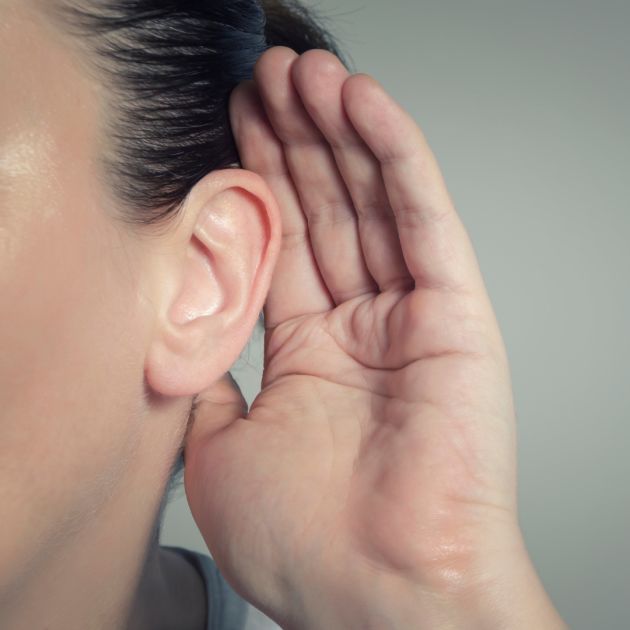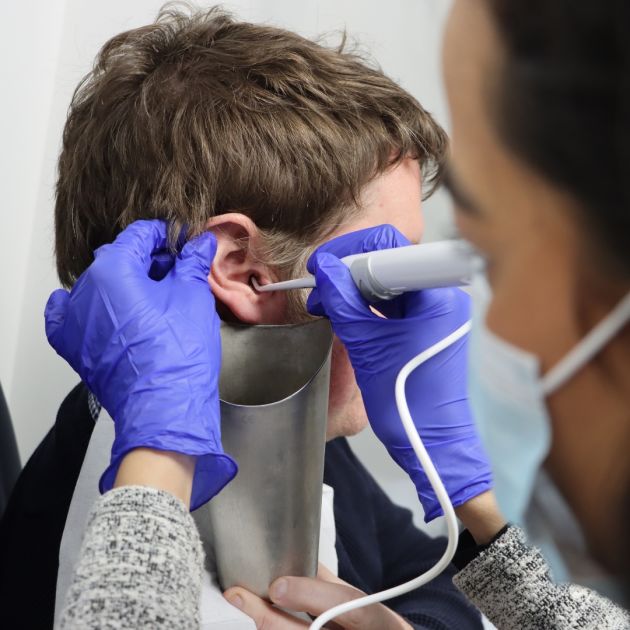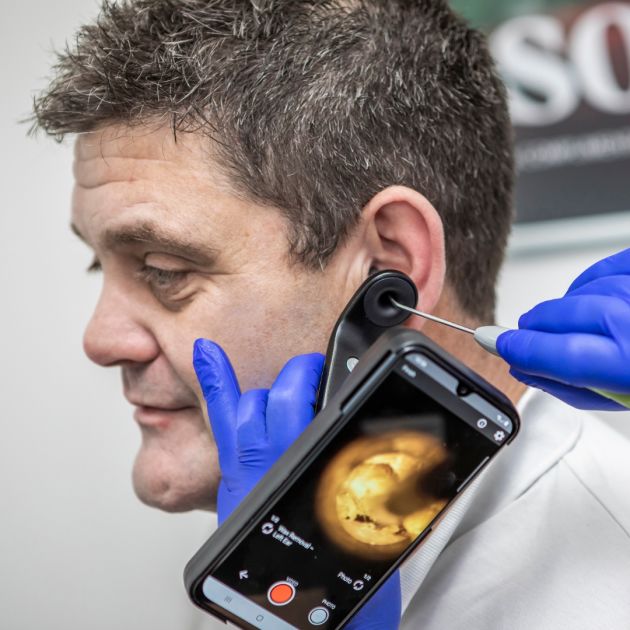
Everybody has ear wax, and it serves a vital function in our ears by protecting them against harmful bacteria that may enter the ear canal. However, sometimes our ear wax can build up and we might need some professional intervention to help us hear clearly again.
But how do you know you need your ear wax removed? What happens during an ear wax removal appointment? What do you need to know before your visit? Does the process hurt?
Well, in this article, we have answered all these questions and more, so you can get yourself prepped and ready for your appointment.
How do I know I need ear wax removal?

Typically there are a few telltale signs and symptoms that may indicate an excess build-up of ear wax and the need for ear wax removal. These include:
Partial or total hearing loss A feeling of fullness within the ear Tinnitus or a ringing sensation Pain
If you are experiencing one or more of these symptoms, it may be time to book an ear wax removal appointment with one of our hearing care professionals.
Book an appointmentThings to know before your ear wax removal appointment
Whether you have taken the first steps and booked an appointment, or would like to find out more, here are a few things you should know before your appointment.
- Olive oil ear drops: You may be advised to use olive oil ear drops or spray for a week before your visit. These drops help soften your built-up ear wax, making the removal process easier on the day.
Please note: You should only use olive oil ear drops under the direction of a medical or hearing care professional. If you are unsure, check with your GP.
- D.I.Y removal methods: As tempting as it may be, DO NOT attempt any “do it yourself” wax removal methods. These methods put your hearing at risk, so it’s really not worth having a go. If you have attempted to remove ear wax yourself, it is important to inform your audiologist or wax removal clinician before or during your appointment. You can find out more about the dangers of D.I.Y methods here.
What to expect during your appointment
Does ear wax removal hurt?
When patients arrive for their appointment, one of the first questions we are asked is “Does ear wax removal hurt?” Because of the techniques and body temperature equipment we use in practice, it is quite rare to experience any pain or discomfort during a wax removal. In fact, many people find it a pleasant experience.
While it may not be the most pleasant experience, ear wax removal doesn’t hurt any more than taking a plaster off, and that is only in the most stubborn cases. Depending on the method of removal used, you may barely feel a thing. If the ear is prepped enough with oil (as per your audiologist’s recommendation), there is no reason for any discomfort to be felt.
What happens during an ear wax removal appointment
Ear wax removal appointments typically last around 30 minutes, but can take longer if necessary.
You may be advised to arrive at the practice 10 minutes before your appointment time to fill in a medical history questionnaire, if you haven’t already completed one online or during a previous appointment. You will be informed about this in advance.
When they are ready for you, your audiologist or wax removal clinician will collect you from the waiting room and explain the whole wax removal process to you. They will then examine your ears and the blockage using a video otoscope. If you would like to see the examination, simply ask, and our clinicians will be more than happy to show you.

After their examination and considering your medical history, your clinician will determine the most appropriate method of wax removal. They will discuss this with you, and if you are happy to proceed, they will ask you to sign a consent form.
Your clinician will then carry out the wax removal procedure.
Following the removal, your clinician will repeat the video otoscopy to ensure that all of your excess ear wax has been removed. Sometimes it is not possible to remove all your ear wax in one session, and you may be invited back for a second appointment.
What are the different methods of ear wax removal
Here at Leightons, our clinicians use one of three methods to remove excess ear wax (although they may use more than one if necessary). These are:

Manual removal
Microsuction
Water irrigation
During your appointment, your clinician will assess your needs, taking into account your medical history and the level of ear wax build-up, before deciding which removal method is best for you.
After your ear wax removal
After a successful ear wax removal, our clinician will conduct a hearing health check to assess your hearing levels. As a result of this, they may invite your back for a FREE, fully comprehensive hearing assessment to build a complete overview of your hearing and hearing health. This isn’t anything to worry about, just a check to see whether you’d benefit from any additional support such as hearing aids.
How to book an ear wax removal
If you would like to book an ear wax removal appointment at your nearest Leightons practice you can give us a call on 0800 40 20 20 or book an appointment online.








